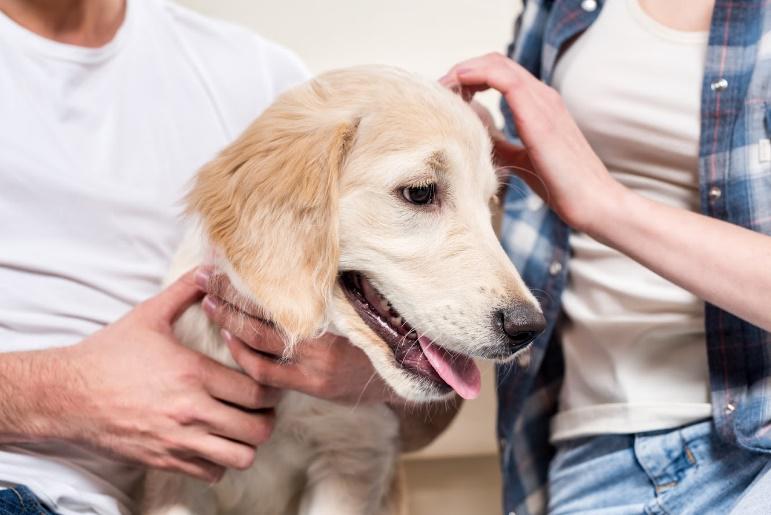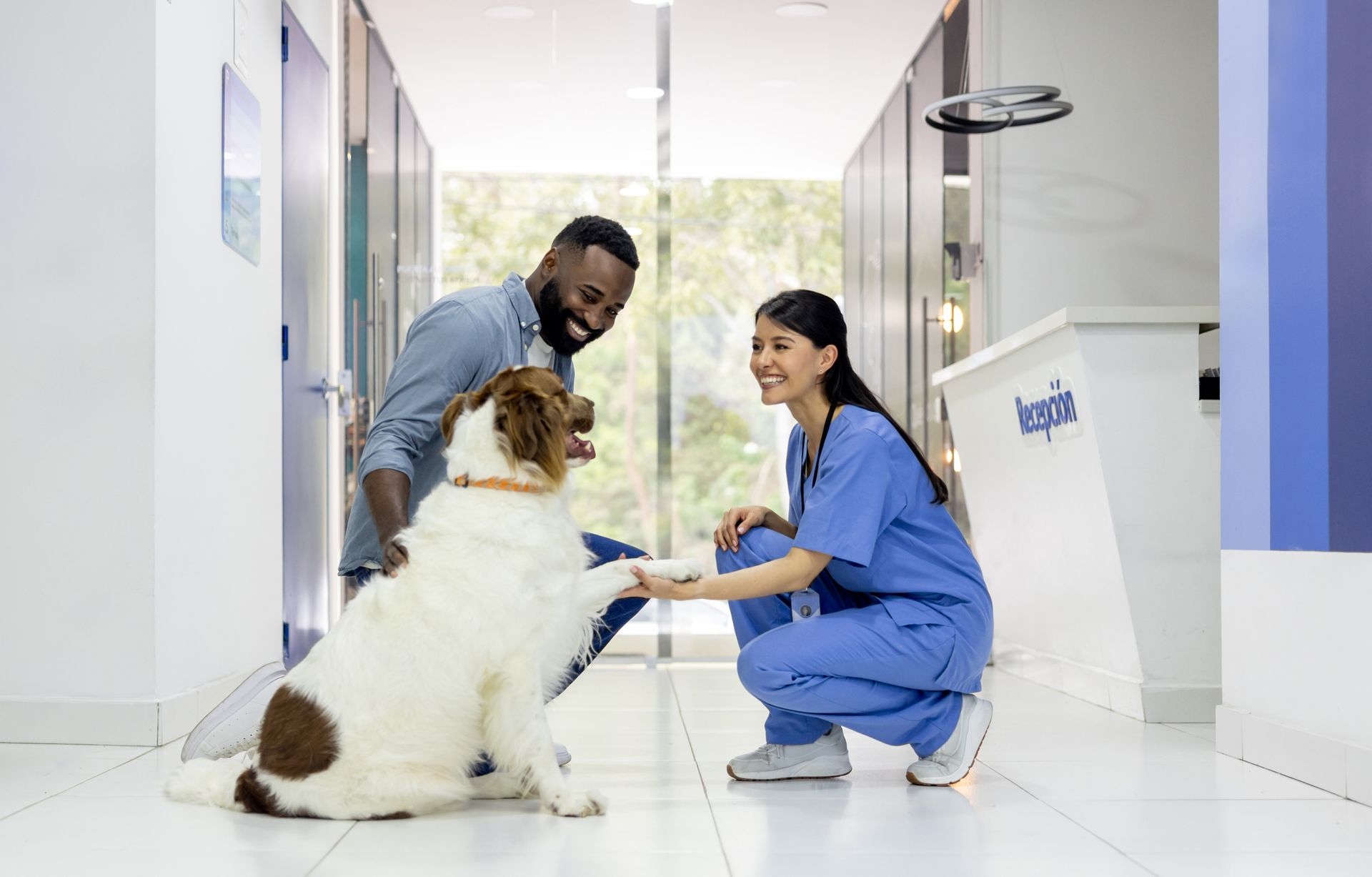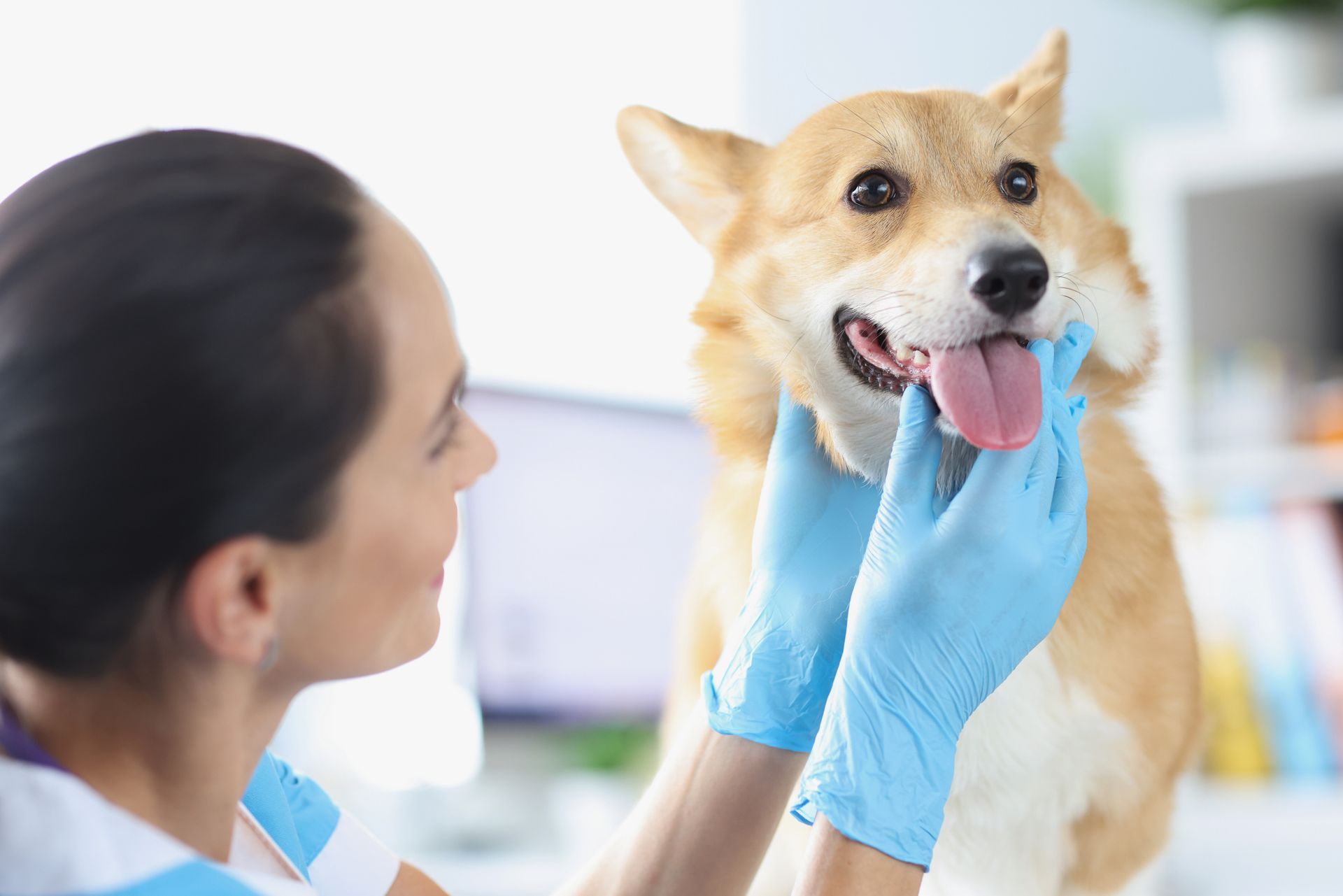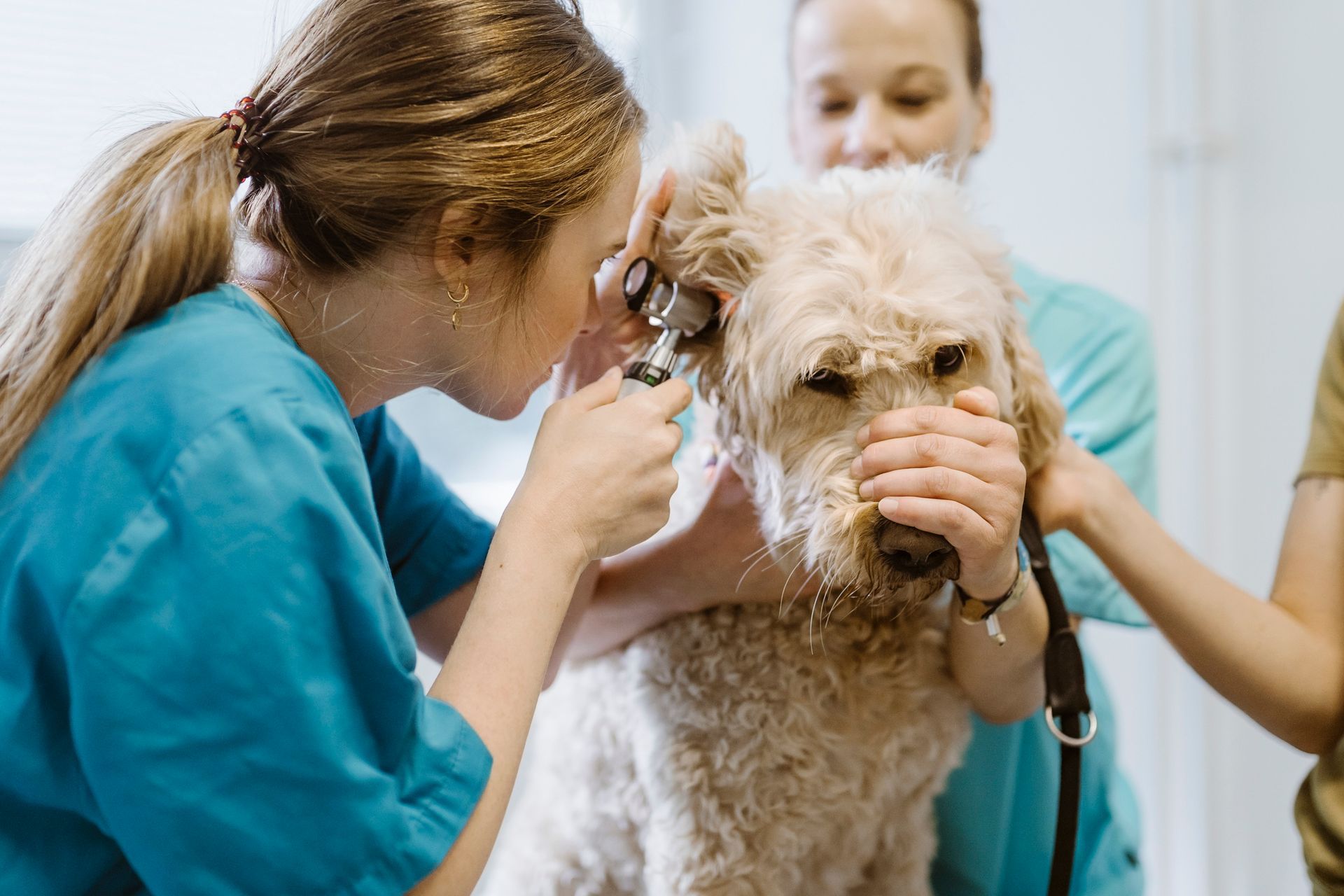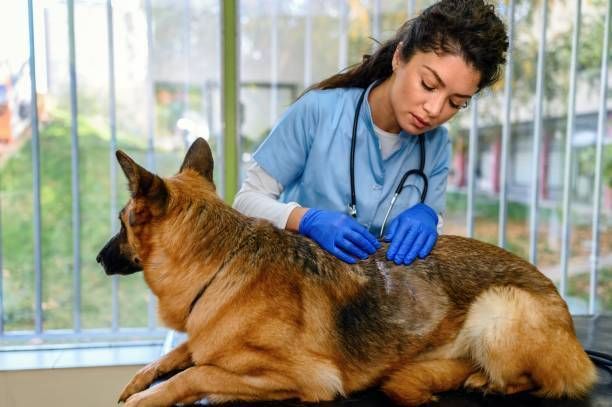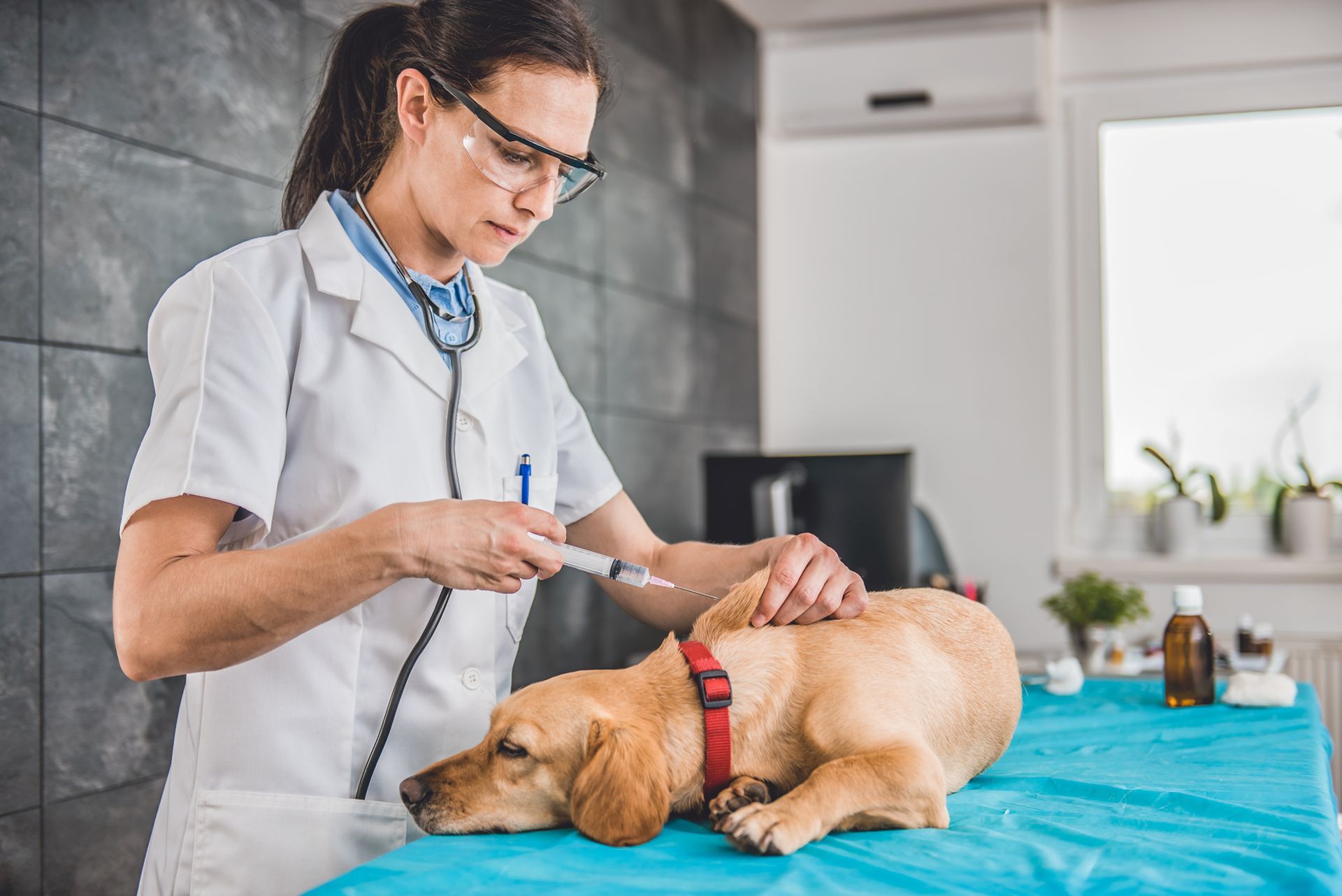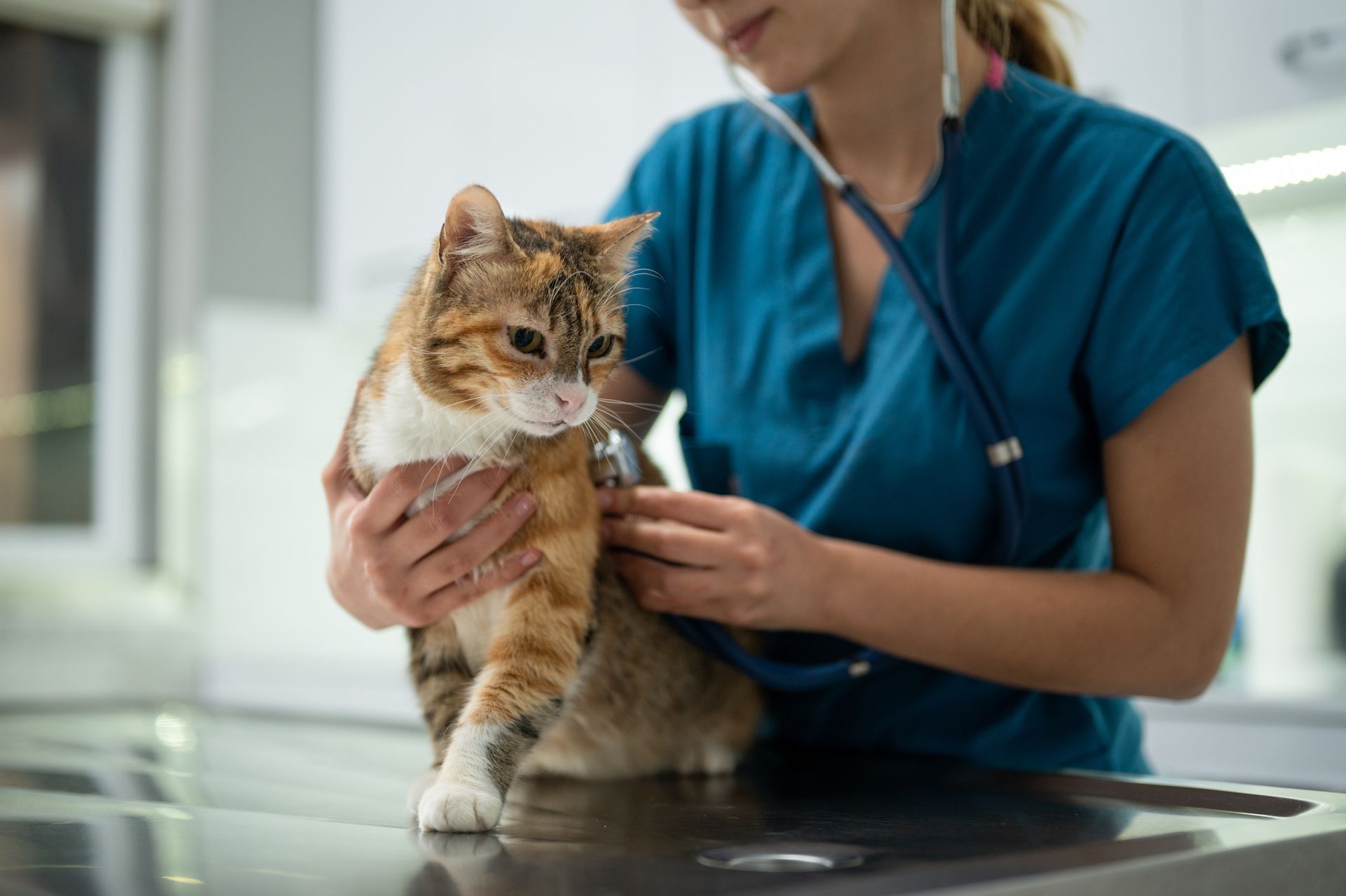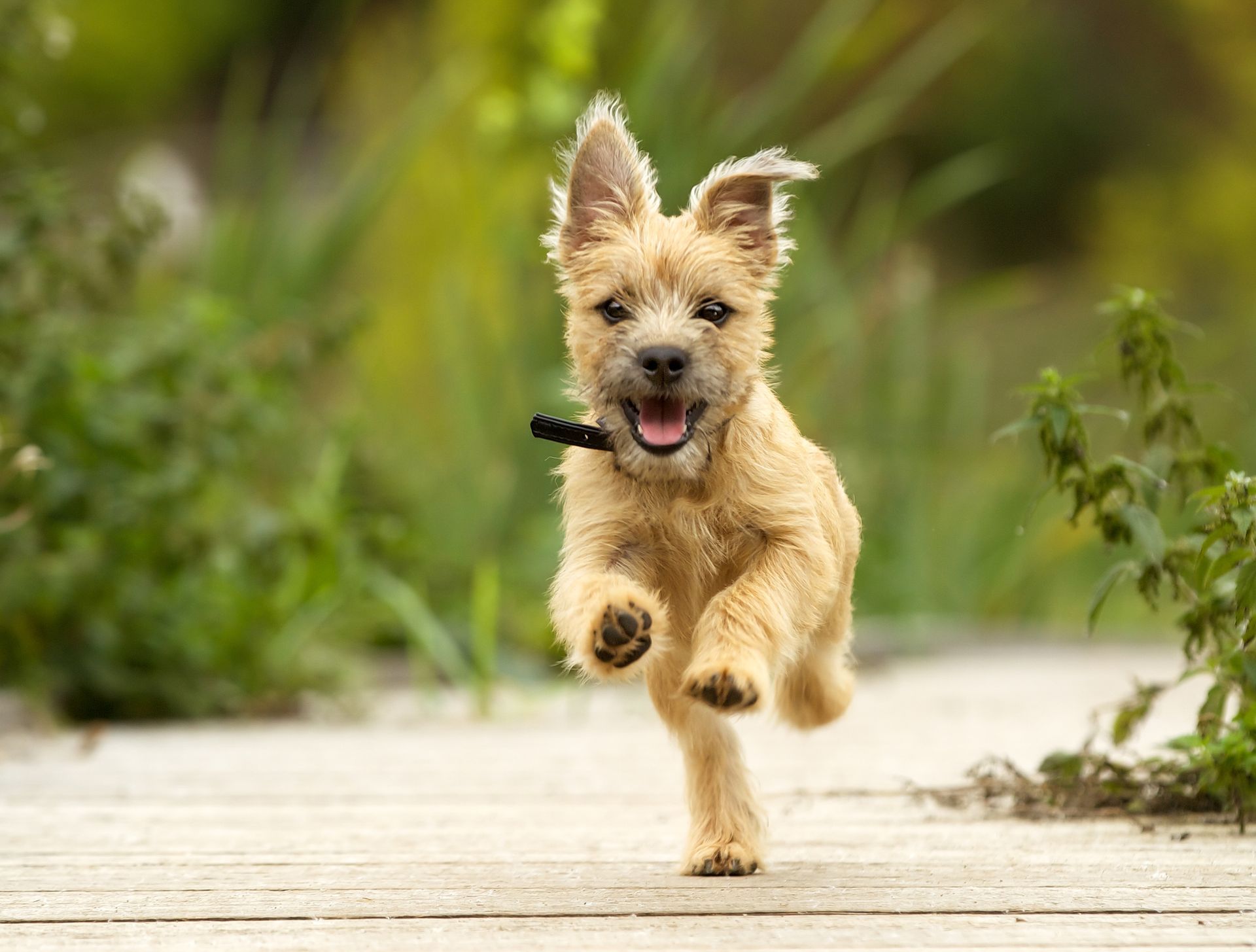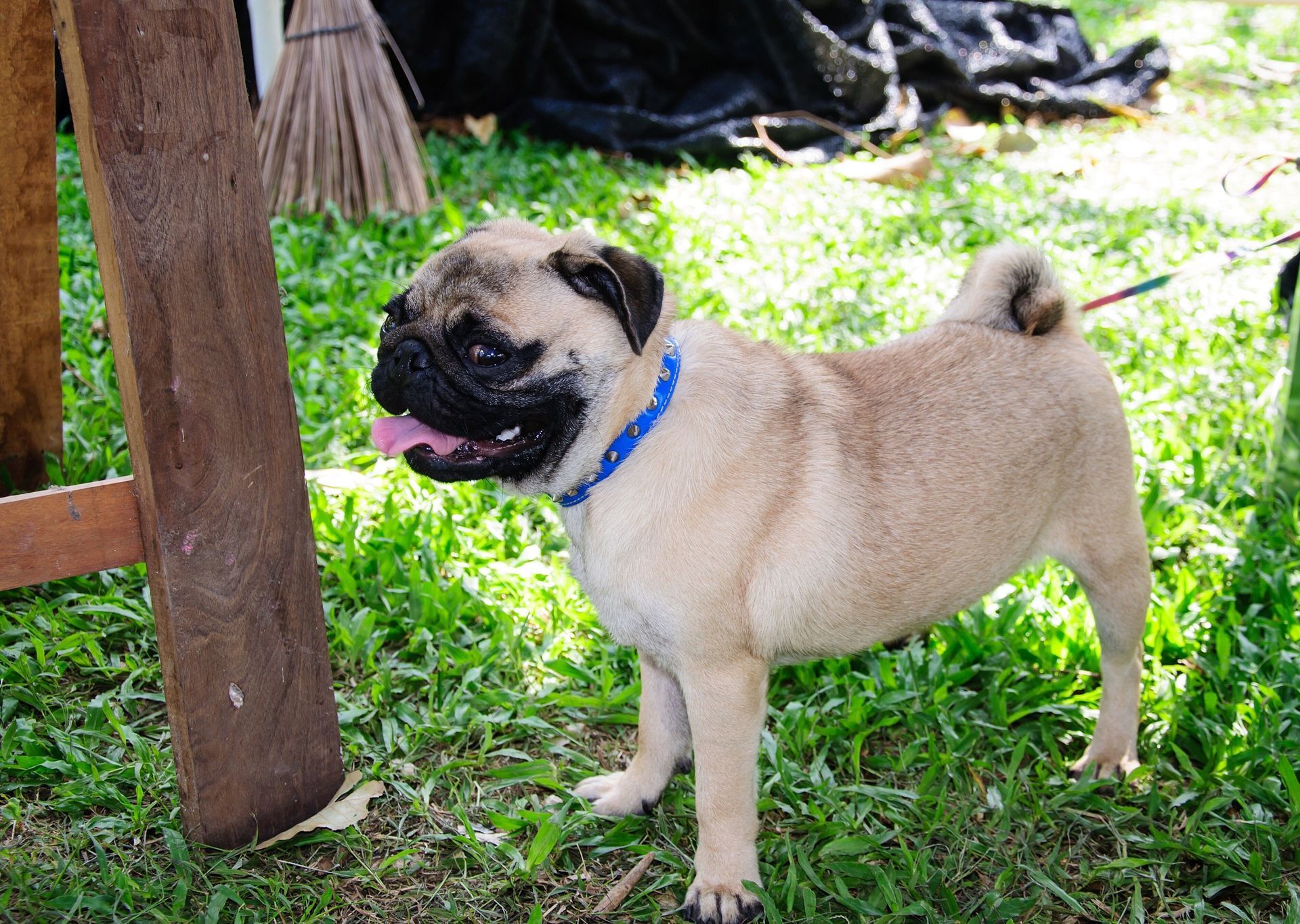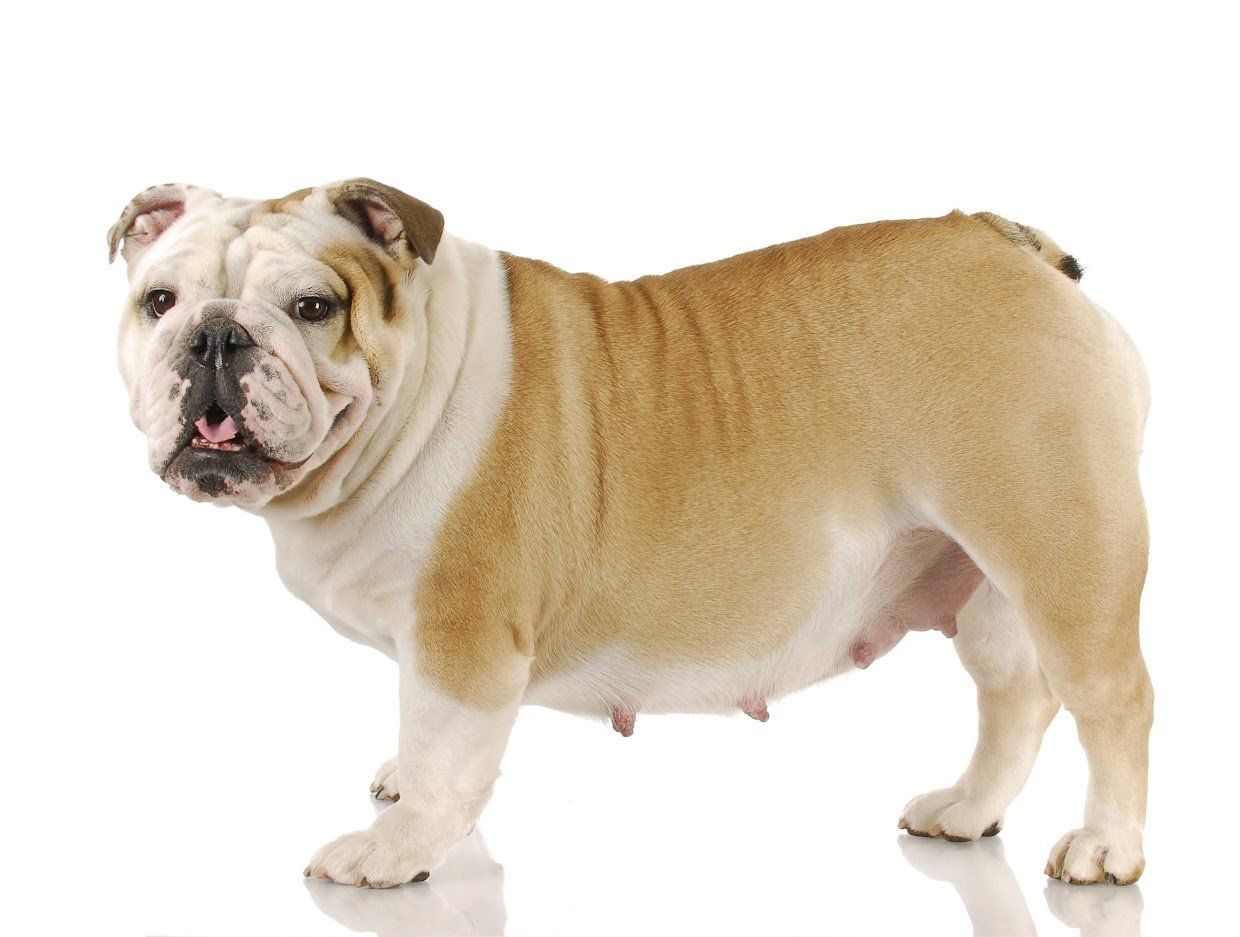How to Help Your Dog Recover After Spaying or Neutering
Spaying and neutering may require anesthesia and surgery that makes you feel anxious for your pet, but it's also necessary for a long and healthy life. Unaltered dogs in particular are more susceptible to some cancers and tend to develop unwanted behaviors like leg mounting or the urge to wander.
Recovery after this kind of surgery takes longer without proper care. With some extra attention and a few restrictions, your beloved dog can be back to normal in no time regardless of their gender or breed. Here are five steps you must take for a quick and painless recovery process after your dog is spayed or neutered.
1. Plan for 2 Weeks of Care
Your pet will need a minimum of two weeks or more to fully heal from spaying and neutering. Many pet owners think that the neutering of male dogs is a simpler procedure and therefore has a quicker recovery time. However, the incision made on males is nearly the same size as the one needed for females, so the recovery period is the same for both genders.
Consider taking some time off from your normal routine or hiring a pet sitter during the first two weeks of recovery. Since dogs need supervision almost constantly during this initial healing period, it's not safe to simply go to work and hope they'll be fine for eight hours or longer.
2. Create a Private Space
The drowsiness and other side effects from anesthesia often linger for a few hours after surgery. If you have a large dog, the hangover from the anesthesia may last longer due to the use of more of the medication during surgery.
Your pet is likely to be stressed from the pain of the surgery and traveling back and forth from an unfamiliar environment. This may cause them to act out of character and possibly react aggressively until they get a chance to rest. Set aside a room or crate where you can be close by for the first day or two while giving them privacy.
3. Watch for Complications
During the healing process, check the incision area daily. The area should not be more than a little red around the very edges of the incision. If the redness spreads or if the area swells and becomes hot to the touch, infection has set in.
Watch your pet for excessive licking in the incision area as well, which indicates discomfort. Look a little closer than you might usually when taking your pup out for a bathroom break. Signs of pain like whimpering or pacing and blood in the urine or stool are all indicators of a problem.
4. Avoid Bathing
Bathing your pet within the first two weeks after neutering or spaying can introduce harmful bacteria to the incision area even with the use of soap. Water can also dissolve the outer sutures.
If your pet needs to be bathed because of something irritating like urine in their fur, a dry shampoo will work the best. You can also wipe your pet’s coat down with a damp cloth as long as you keep it away from the incision area.
5. Control Their Activities
You need to keep your pet’s activities to a minimal for a full 14 days, even if they seem like they're back to normal within a day or two. This means no running, jumping, rolling or wrestling.
If you have other dogs, keep them apart for the two weeks. Your dogs can spend time together for short periods with plenty of supervision but shouldn't be left alone together even briefly due to the risk of damage to the surgery site.
Plan your dog's spaying or neutering surgery with our team at Baywood Animal Hospital for a stress-free recovery process with as few complications as possible.

